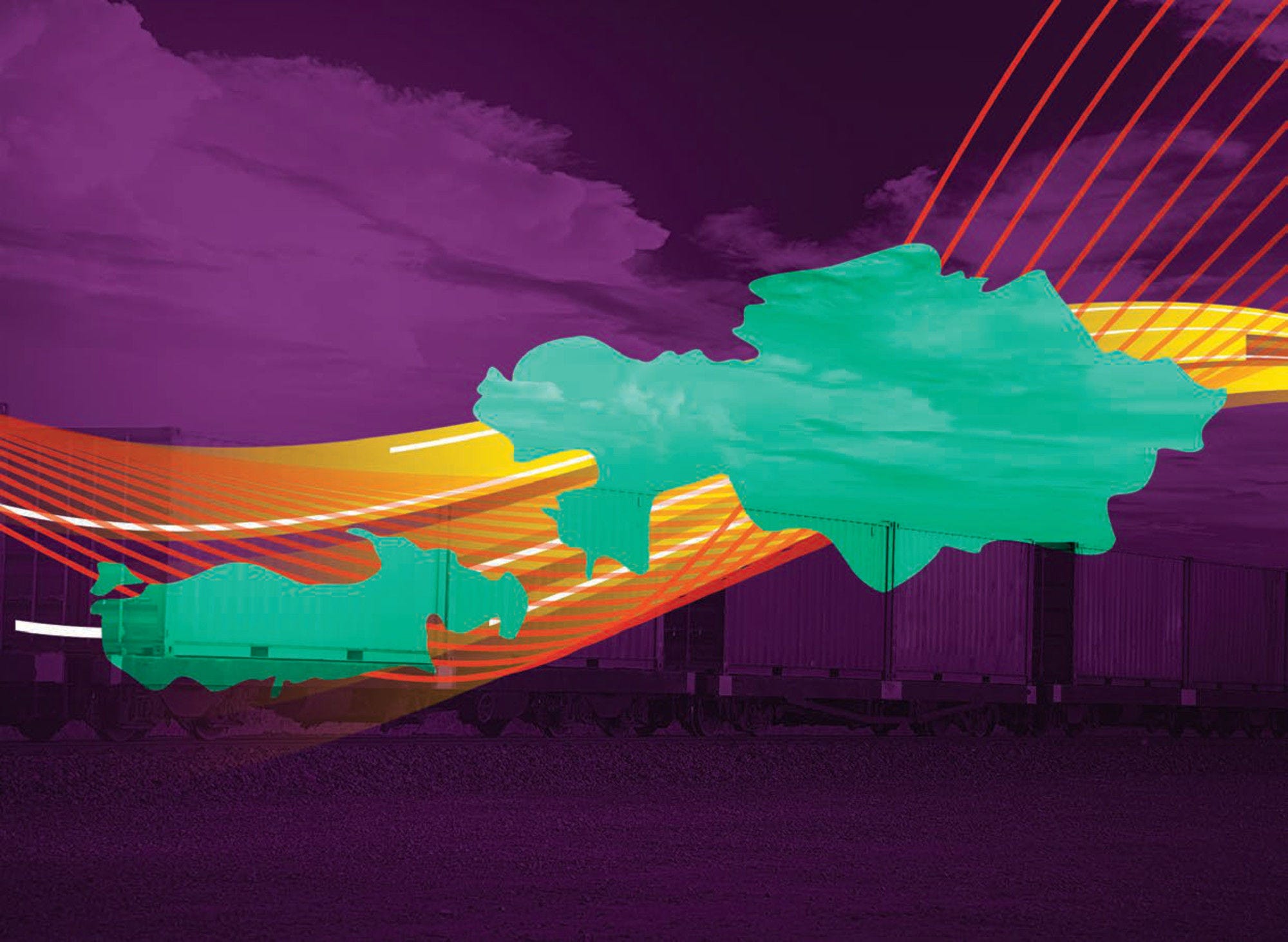Kazakhstan has recorded impressive economic growth rates since its independence, driven mainly by export of commodities and high rate of energy use. These rates are not sustainable and are generating significant air pollution, in particular from industrial stationary sources. This is putting at risk the country’s development ambitions to become one of the top global economies by 2050 and converge towards OECD living standards. Building on OECD previous analysis, this publication shows that Kazakhstan’s environmental payments (environmentally related taxes, non-compliance penalties and compensation for damage regulation) for industrial air pollutants, as currently applied, impede energy efficiency and pollution abatement with heavy-handed non-compliance responses and focus on rising revenues. They also add to the cost of doing businesses in the country with limited environmental benefit. In the spirit of the Polluter-Pays Principle, much more reforms of regulation of environmental payments are needed. This report provides guidelines for reform drawing from air pollution regulations in OECD member countries and the results of the analysis of the system in Kazakhstan carried out by the OECD in close co-operation with the Government of Kazakhstan.
Addressing Industrial Air Pollution in Kazakhstan

Abstract
Executive Summary
Kazakhstan’s impressive economic growth since its independence on the backbone of oil exploration, extensive mining and increasing industrialisation has led to significant air pollution. The main air pollutants of concern are particulate matter (PM), sulphur dioxides (SOx) and nitrogen oxides (NOx). SOx emissions per capita in 2014 were almost five times those of OECD Europe. More than half of Kazakhstani citizens have a low level of satisfaction with the air quality of their country. Power generation combined with district heating alone generate 40% of SO2 emissions and 60% of NOx. This is due to an overreliance on low-quality coal, inadequate pollution control equipment and old generating infrastructure. This level of air pollutants is not sustainable, putting at risk the country’s development ambitions. At the same time, new international agreements add urgency to the need to reduce greenhouse gas emissions. Furthermore, Kazakhstan has not yet acceded to any of the protocols of the Convention on Long-Range Transboundary Air Pollution, even though it has been a party since 2001.
Kazakhstan’s regulation and system of environmental payments for industrial air pollutants is not fit-for-purpose.
It is characteristic of a top-down and command-and-control approach to regulation – a legacy from the Soviet Union. It takes limited advantage of market-oriented instruments to incentivise companies to invest in pollution reduction and technology modernisation. It leads to discriminatory implementation of environmental requirements and a high volume of complex environmental regulations based on unrealistic assumptions.
Promotion of compliance does not seem to be a priority. Limited information for, and assistance to, the regulated community are available. The overall concept of an enforcement pyramid is recognised, but not implemented. The understanding of how to instil a culture of dialogue with industry is missing. Informal and formal warnings, directions for corrective actions or administrative notices are not used. Risk-based monitoring is absent.
State-of-the-art technical measures or best available techniques to prevent air emissions from industry are not embedded in the environmental permits.
The Environmental Code introduced integrated permitting on a pilot basis, following benchmarks established with the European Union. At present, no resource user has used this provision.
The current system of environmental pollution payments for industrial operators is highly controversial. It is focused on raising revenues in particular from foreign-owned operators, rather than on creating incentives to reduce environmental impact. It encompasses three sets of distinct instruments, which all require urgent reforms. Pollution taxes (tax payments for authorised emissions) are based on each enterprise’s emission limit values (ELV), calculated both for emissions within and above the ELV. Authorities may impose administrative penalties for pollution exceeding the ELV set in project documents and environmental permits. A judicial system enforces compensation (monetary damages) for environmental damage caused by emission into air. The value of the “pollution damage” is determined in most cases as a function of the pollution tax rates from each pollutant using a mathematical formula – a so-called indirect method of calculating monetary damages (also known as “fault-based damages”). This system adds to the cost of investing and doing businesses. The fact that control and supervisory bodies are assessed by the number and value of penalties/fines imposed creates false incentives.
This report proposes several changes to the framework regulating industrial air pollutants (i.e. the Environmental Code and some legislative acts on environmental issues). Some are technical and could be implemented in the short term, particularly those related to pollution payments. Others are directed to more mid-to-longer term reforms requiring strong political support. Ultimately, they support convergence towards more modern systems of environmental regulations.
Recommendations for environmental payments for industrial air pollutants
|
Pollution taxes |
Non-compliance penalties |
Monetary compensation for damages |
|---|---|---|
|
|
|
|
Areas for further reforms / implementation steps |
||
|
||
Note: AQS = air quality standards; BAT/ELV = best available techniques/emission limit values; EMAS EMS = EMAS: EU Eco-Management and Audit Scheme Environmental Management System; IEP = Integrated Environmental Permit; SEEA = System of Integrated Environmental and Economic Accounting.
Well-implemented, these reforms will certainly help in better aligning environmental policies in the spirit of the Polluter-Pays Principle. Specifically, they will aid the transition from a punitive payments system to one based on results/rewards and recovering costs. Ultimately, this will support Kazakhstan’s efforts to reach Targets 3.91 and 11.62 of the 2030 Agenda for Sustainable Development.
Notes
← 1. “Substantially reduce the number of deaths and illnesses from hazardous chemicals and air, water, and soil pollution and contamination.”
← 2. “Reduce the adverse per capita environmental impact of cities, including by paying special attention to air quality, municipal and other waste management.”
In the same series
-
 18 April 2018
18 April 2018
Related publications
-
 19 November 2024
19 November 2024 -
 15 February 2024
15 February 2024 -
 4 December 2023
4 December 2023









